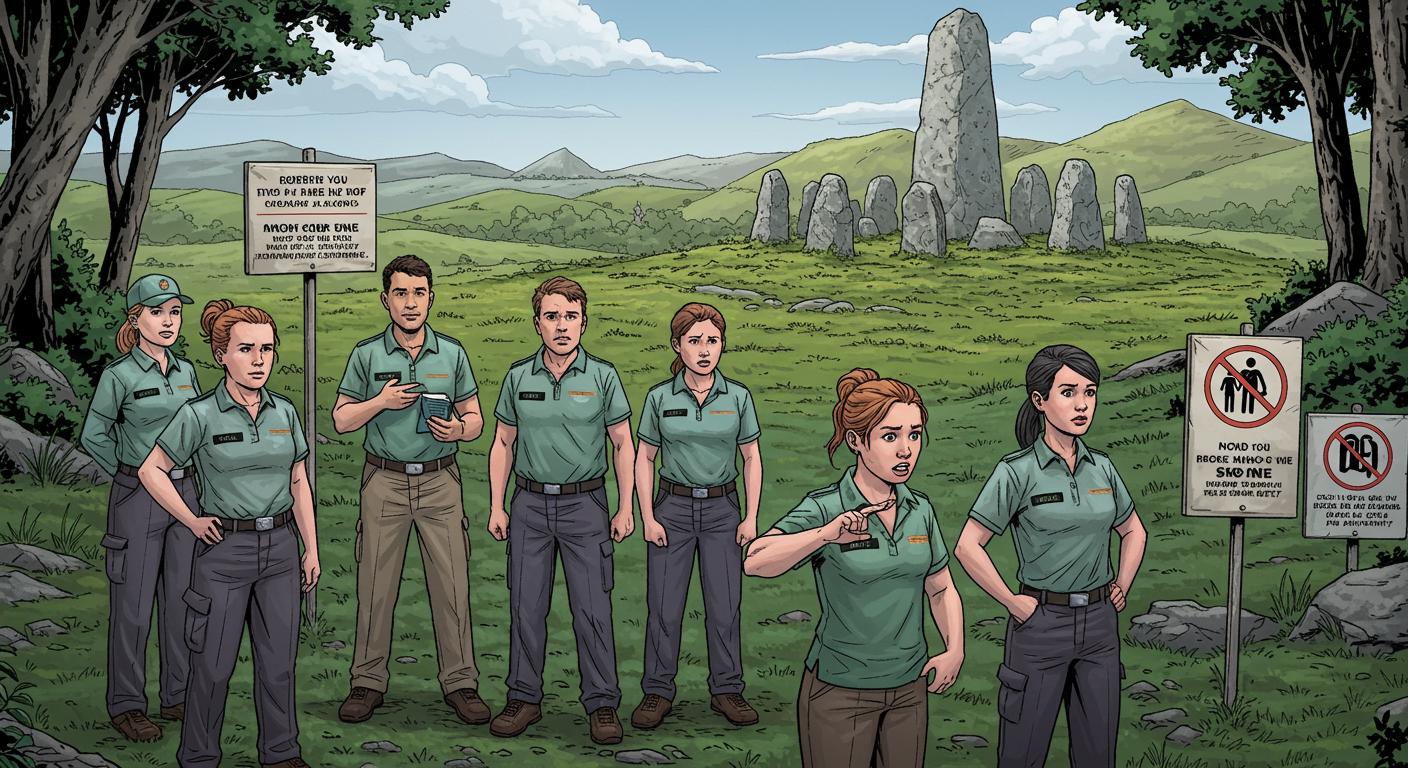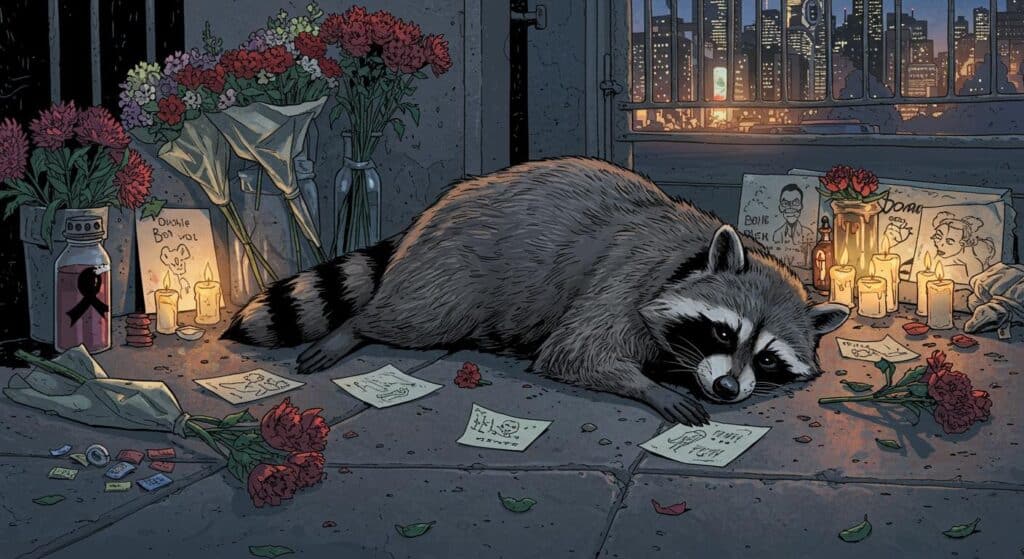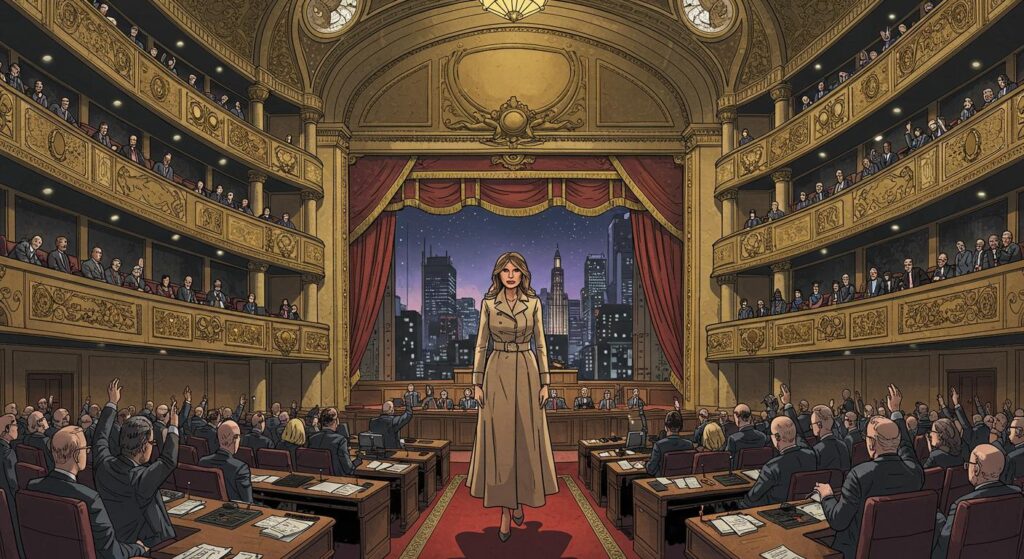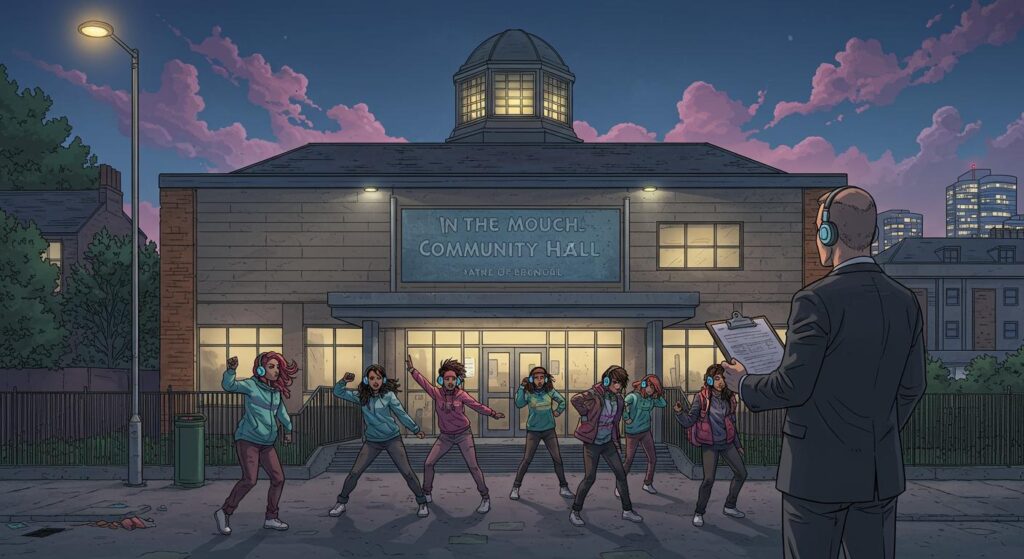History, as viewed through the lens of a staff handbook, can be unexpectedly particular about color schemes—and, apparently, the basics of human decency. At the Battle of the Boyne visitor centre in County Meath, new rules for tour guides now read like a curious relic in themselves. Both the Belfast Telegraph and the Irish Independent have chronicled the OPW’s latest sartorial decrees: at this storied site, guides may not wear green, orange, or—perhaps most pointedly—nothing at all.
Colourful Neutrality: Why Green and Orange Are Out
Emails released under freedom of information laws and detailed by both outlets reveal that guides at the Boyne site are now informed, after being hired, that green and orange clothing are, effective immediately, off the table. The rationale, as described in the Belfast Telegraph, appears to be an effort to respect the “sensitivities of both Unionist and Nationalist visitors.” For those unversed in Irish historical semiotics, these colors are more than wardrobe choices—they’re shorthand for entire national identities, with green traditionally representing Irish nationalism and orange associated with Unionism and the Orange Order.
It’s worth noting, as the Irish Independent observes, that the prohibition on these colors isn’t written into the official OPW Guide Handbook distributed at heritage sites. Instead, this directive is passed along in a personalized “Welcome aboard” email from supervisors—a level of specificity not often seen in dress codes, unless one is running a visitor centre on the literal site of centuries-old conflict.
So, does refusing to wear either color thread the needle of neutrality, or does it just turn everyone into a living blank canvas? Is this the most practical approach, or might guides soon find themselves anxiously consulting color swatches to avoid veering too close to forbidden hues? In a setting where even a staff T-shirt could start an impromptu history lesson—or worse, a debate—the logic is both understandable and faintly comical. If nothing else, the OPW clearly believes it’s better to fade into the background than spark impromptu debates about symbolism on the battlefields of Meath.
The Handbook’s More Stark Prohibition
The OPW’s approach doesn’t end at a ban on national colors. Buried in the official guidebook, as both the Irish Independent and the Belfast Telegraph highlight, is the memorable directive: “nudity is prohibited at all sites.” The OPW, when asked why such a statement was judged necessary for tour guide attire, opted not to offer any comment—though one suspects the explanation might be entertaining, and possibly not suitable for a family-friendly visitor centre.
Grouping requirements together, the supervisory emails set further boundaries: guides are also expected to steer clear of army jackets and anything with “slogans, badges or emblems,” according to details cited in the Irish Independent. In a flourish of bureaucratic support, guides assigned a color-coded uniform (of thoroughly inoffensive shades, one presumes) receive €210 per year if permanent and €100 if seasonal, as noted by both sources.
Amid all this, the mind does drift: Has this rule always existed, or was there an “incident” where someone took ‘living history’ a little too literally? Is there a running tally of near-misses involving tangerine scarves and Kelly green socks? The official silence on the subject, as previously reported, leaves the imagination to fill in the blanks.
Blending Into the Background
What remains most intriguing about the entire approach is its subtle invitation to reflect on just how deeply history permeates the present, even—or especially—in the fabrics we drape over it. On a battlefield that saw Protestant victory cemented over Catholic hopes in 1690, as every local schoolchild learns, even what a guide wears can seem loaded. The site’s significance, memorialized annually with July 12 marches and historic reunions (including Bertie Ahern gifting a musket to Ian Paisley, as detailed in both outlets), seems to demand not just informational neutrality but visual neutrality as well.
Does this dress code succeed in creating an apolitical, universally welcoming environment, or does it simply expose just how present the past really is? For a place entangled with symbolism at every turn, perhaps only the most nondescript apparel will do—the beige bastion against centuries of rival threads.
And as for the nudity clause: best not to know the origin story. Even in the world of archival research and dusty footnotes, some details are best left unexposed.







